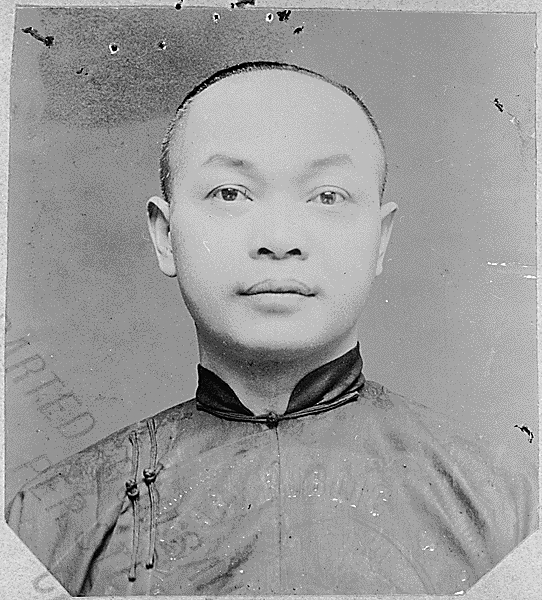March 28th is Wong Kim Ark Day!
125 years ago on this day, Wong Kim Ark won his Supreme Court case, affirming his right to American citizenship, along with that of every child born to immigrant parents on U.S. soil.
Wong Kim Ark was born on October 1, 1870 in an apartment above his father’s grocery store at 751 Sacramento Street in San Francisco’s Chinatown. Due to the restrictive laws and customs which limited the immigration of Chinese women, he was one of the few children born to Chinese parents in the U.S. in that era. In 1877, when Wong’s parents could no longer weather the Long Depression, they decided to return with him to China. However, economic need prompted him to later return to the U.S. to work as a dishwasher and cook. In 1890, Wong traveled back to his parents’ home village, this time to marry and father a son before returning to the U.S. to work and support his new family. In 1894, Wong traveled to China again to visit family, however, upon return, was denied reentry as a laborer barred under Chinese Exclusion. With the support of the Chinese Consolidated Benevolent Association, Wong decided to fight his deportation and mounted a case that went right up to the Supreme Court. In a landmark 6-2 decision in 1898, the Supreme Court ruled definitively that the 14th Amendment’s birthright provision applied to all persons born in the United States regardless of race, significantly opening the only avenue through which persons of Chinese descent could claim U.S. citizenship. Naturalization laws passed in 1790 and 1870 had categorized Asians as aliens racially ineligible for citizenship and would remain in effect until the McCarran-Walter Act of 1952 removed all racial barriers to naturalization.
Consequentially, in 1906, after an earthquake and fire tore through San Francisco, destroying the building housing birth and immigration records, the precedent set by Wong Kim Ark’s case made it so that almost every Chinese in the U.S. at the time could claim American birth and citizenship! This enabled Chinese of the laboring classes, not of the classes exempt from Exclusion, to also immigrate and become part of our nation’s first generations of Chinese Americans.
